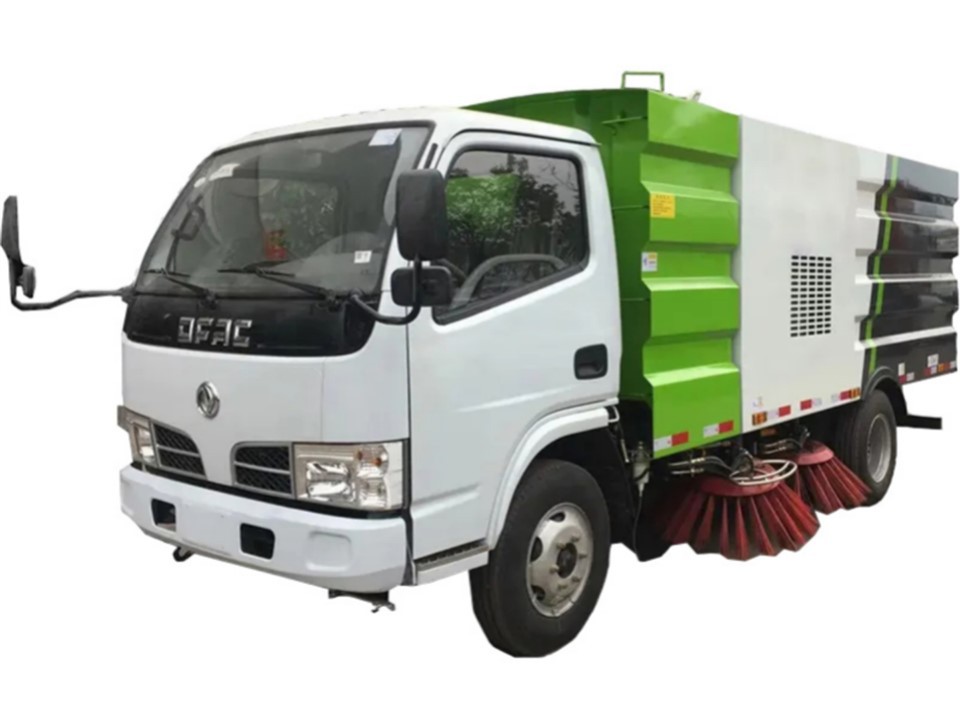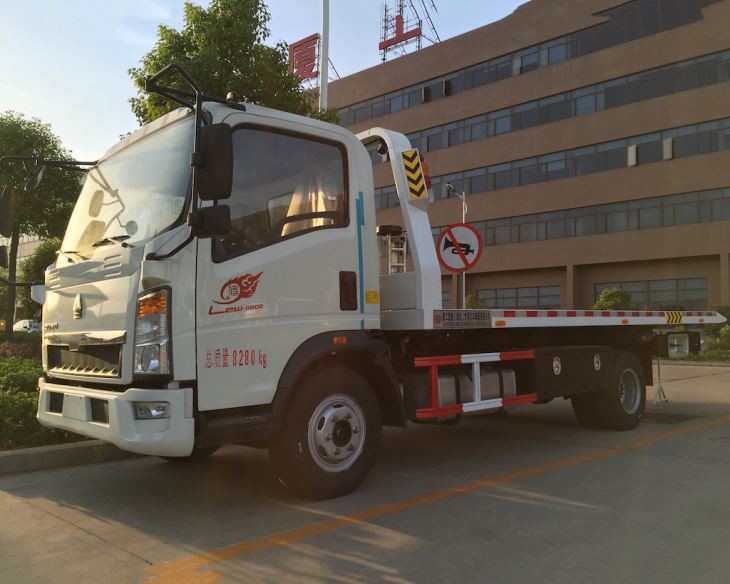Introduction
Jet fuel tankers play a crucial role in the aviation industry by transporting jet fuel from refineries to airports and other facilities. These specialized vehicles are vital for ensuring that aircraft are supplied with the necessary fuel to operate safely and efficiently. In this article, we will explore the various aspects of jet fuel tankers, including their construction, operation, maintenance, and safety measures. We will also provide practical examples, tips, and answer common questions regarding jet fuel tankers.
What is a Jet Fuel Tanker?
A jet fuel tanker is a vehicle designed to transport aviation fuel, specifically jet fuel, to airports and other locations where it is needed. These tankers can be road vehicles (tanker trucks) or marine vessels (tanker ships), and they are specially built to handle the unique properties of jet fuel, including its flammability and temperature sensitivity.
Types of Jet Fuel Tankers
There are primarily two types of jet fuel tankers: road tankers and marine tankers.
Road Tankers
Road tankers are designed for on-road transportation. They are equipped with specialized compartments to store and transport jet fuel safely. These tankers typically have insulation and anti-static materials to prevent sparks.
Marine Tankers
Marine tankers operate on waterways and are used for transporting bulk quantities of jet fuel across longer distances. They are built to withstand harsh marine environments and typically have larger capacities than road tankers.
How Jet Fuel Tankers Operate
The operation of jet fuel tankers involves several steps, from loading and transporting to unloading the fuel at the destination. Understanding this process is essential for ensuring safety and efficiency.
Loading Procedures
Before loading jet fuel, several safety checks are performed to ensure the tanker is clean and suitable for fuel transport. This includes inspecting the internal compartments to prevent contamination.
Transportation Protocols
During transportation, tanker drivers must follow specific routes and speeds to maximize fuel efficiency and minimize risks. Adhering to local regulations regarding the transportation of hazardous materials is also critical.
Unloading Fuel
Unloading fuel at the destination requires careful coordination. Ground staff must ensure that proper safety measures are in place, including grounding the tanker to prevent static electricity. The unloading process typically involves pumping the fuel from the tanker into storage tanks.
Specifications of Jet Fuel Tankers
Jet fuel tankers have unique specifications that cater to the physical and chemical properties of jet fuel. Here are some critical specifications:
| Specification | Details |
|---|---|
| Capacity | Varies from 5,000 to 11,000 gallons for road tankers; marine tankers can hold over 200,000 gallons. |
| Material | Constructed from high-grade aluminum or stainless steel to resist corrosion and maintain fuel quality. |
| Insulation | Insulated compartments to maintain jet fuel temperature. |
| Pumps | Submersible or centrifugal pumps for efficient unloading. |
Maintenance of Jet Fuel Tankers
Proper maintenance is vital for ensuring the reliability and safety of jet fuel tankers. Regular inspections and maintenance schedules should be established to prolong the life of the tanker and prevent accidents.
Routine Inspections
Routine inspections involve checking for leaks, corrosion, and other structural issues. It is important to perform these inspections at regular intervals as recommended by the manufacturer.
Cleaning Standards
Cleaning the interior of the tanker is essential to prevent contamination of the jet fuel. This includes using appropriate cleaning agents and following safety guidelines.
Regulatory Compliance
Jet fuel tankers must comply with local, national, and international regulations. Regular audits and adherence to safety protocols are crucial to maintaining compliance.
Safety Measures for Jet Fuel Tankers
Safety is paramount when handling jet fuel. Tanker operators must implement various safety measures to mitigate risks associated with fuel transport.
Fire Safety Protocols
Given the flammable nature of jet fuel, fire safety protocols are critical. This includes equipping tankers with fire extinguishers, ensuring drivers are trained in fire response, and adhering to safe distances from ignition sources.
Emergency Response Plans
Having an emergency response plan is crucial for addressing accidents or spills. Personnel should be trained and drills should be conducted regularly to ensure readiness.
Training for Operators
Training programs for tanker operators should cover safe loading, unloading, and emergency response procedures. Regular refresher courses are also advised to keep skills updated.
Practical Examples of Jet Fuel Tanker Use
Jet fuel tankers are utilized in various scenarios within the aviation industry. Let’s explore some practical examples.
Airport Refueling Operations
At airports, jet fuel tankers are essential for refueling aircraft on the tarmac. Operators must work quickly and efficiently to minimize turnaround time and ensure aircraft are ready for flight on schedule.
Military Fuel Transport
In military operations, specialized tanker vehicles are used to transport fuel to remote locations. These tankers often have additional features for off-road capability and rapid deployment.
Fuel Reserves Management
Many businesses maintain fuel reserves for emergencies. Jet fuel tankers are used to refill these reserves periodically, ensuring that there is always sufficient fuel available for aircraft operations.
Future Trends in Jet Fuel Tankering
The transportation of jet fuel is evolving with technological advancements. Here are some trends to watch.
Automation in Fuel Transport
Automation technology is being integrated into tanker operations to enhance efficiency. This includes automated loading and unloading systems that reduce human error and increase safety.
Alternative Fuels and Sustainability
With a growing focus on sustainability, tankers are beginning to transport alternative fuels, such as biofuels, alongside traditional jet fuel. This transition is important for reducing the carbon footprint of the aviation sector.
IoT and Data Analytics
The Internet of Things (IoT) and data analytics are set to play a significant role in monitoring tanker conditions. Sensors can provide real-time data on fuel temperature, pressure, and volume, enhancing operational efficiency and safety.
FAQ Section
What types of fuel can be transported in jet fuel tankers?
Jet fuel tankers are primarily designed to transport aviation fuel, including Jet A and Jet A-1 fuels. Some tankers may also be adapted to transport other fuel types, but it is essential to adhere to safety and compatibility guidelines.
How often should jet fuel tankers be inspected?
Jet fuel tankers should undergo routine inspections at least every six months. However, inspections may be required more frequently based on usage, state regulations, and manufacturer recommendations.
What safety features are essential for jet fuel tankers?
Essential safety features include grounding systems to control static electricity, fire extinguishers, spill containment systems, and robust inspection protocols to identify potential hazards.
Can jet fuel tankers transport fuel at night?
Yes, jet fuel tankers can operate at night. However, it is crucial to ensure that all safety protocols, visibility measures, and local regulations are strictly followed to prevent accidents.
What is the typical lifespan of a jet fuel tanker?
The lifespan of a jet fuel tanker can vary based on maintenance and usage but generally ranges from 15 to 25 years when properly maintained.
Are there any regulations specific to the transportation of jet fuel?
Yes, there are numerous regulations governing the transportation of jet fuel, including those set by the Environmental Protection Agency (EPA) and the Department of Transportation (DOT) in the United States, as well as international regulations for shipping fuel by sea.

